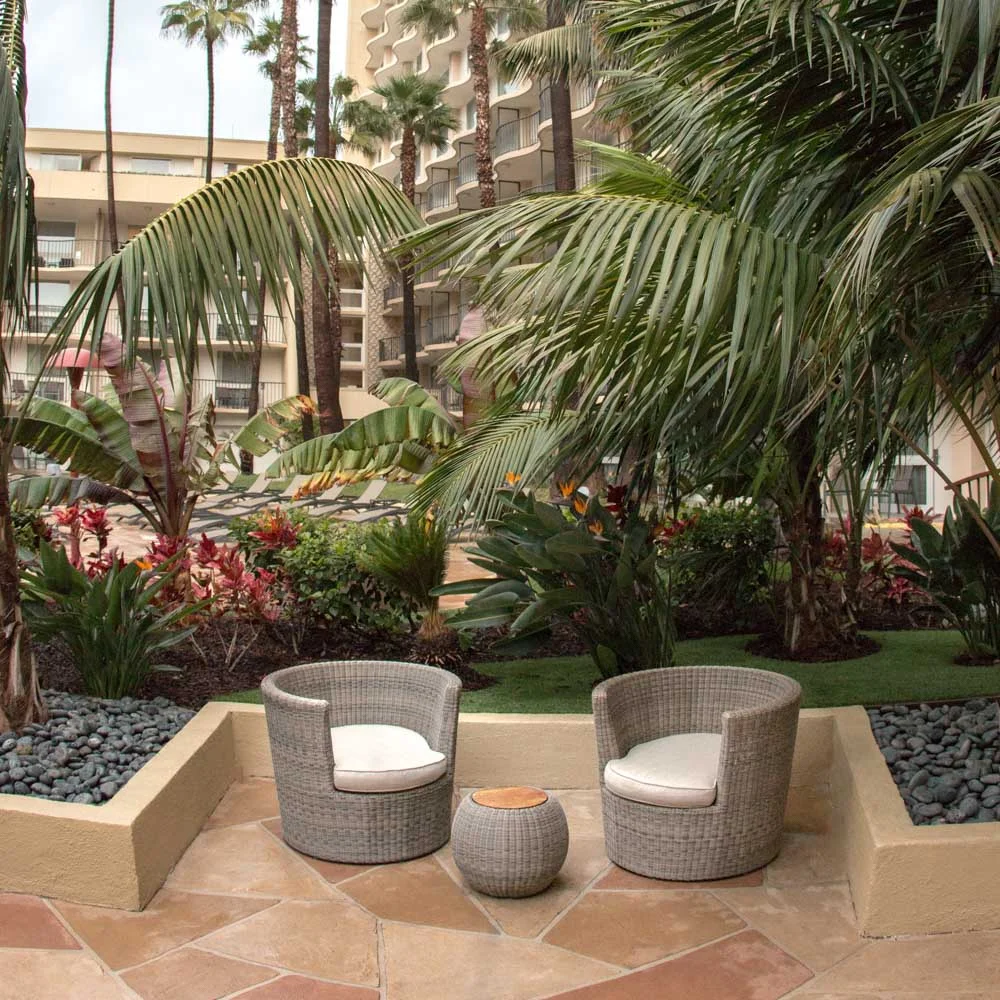
In an era where environmental consciousness is at the forefront of global concerns, the integration of sustainability and green design in office spaces is an important consideration. As businesses strive to reduce their carbon footprint and adopt eco-friendly practices, the concept of sustainable office designs is gaining popularity. In this blog, we will explore the importance of sustainability and green design in the context of offices, and highlight the benefits and challenges.
The Significance of Green Design
Traditional office spaces have long been associated with a high environmental impact, characterized by energy-intensive buildings, resource-depleting construction practices, and furniture made from non-renewable materials. However, the growing awareness of climate change and the need for responsible office practises are reshaping the way we approach office design and office furniture selection.
Benefits of Sustainable Office Furniture
Environmental Impact
Sustainable office furniture is built with an emphasis on resource conservation. This means that recycled materials are utilized, which contributes to the preservation of forests, minerals, and other raw materials. Additionally, the manufacturing process for sustainable furniture typically requires less energy, resulting in a lower carbon footprint compared to conventional furniture.
Longevity and Durability
Designed with durability in mind, sustainable office furniture lessens the need for frequent replacements. This longevity not only translates to cost savings over time for the business, but also minimizes the environmental impact associated with the manufacturing and disposal of short-lived furniture. The emphasis on durability aligns with a broader commitment to sustainability.
Improved Air Quality
Volatile organic compounds (VOC) are gases emitted into the air from products and may cause negative health outcomes. Sustainable office furniture prioritizes the use of low-VOC or VOC-free materials and finishes. This improves air quality in offices, contributes to a healthier indoor environment, and minimizes emissions of harmful chemicals. Additionally, the reduced presence of VOCs positively influences the well-being of employees, fostering a workspace that supports health and productivity.
Challenges in Implementing Sustainable Office Designs
Cost Considerations
One of the primary challenges businesses face when transitioning to sustainable office design is the perception of higher costs. Sustainable materials and energy-efficient technologies often come with a high upfront investment that can be perceived as a barrier. Convincing decision-makers to view sustainability as a long-term investment rather than a short-term expense is crucial for successful implementation.
Limited Availability of Sustainable Materials
The availability of sustainable materials can be a limiting factor, especially for businesses looking to source locally. While sustainable options are growing, they may not be as accessible or diverse as conventional materials. Companies may need to invest time and resources in finding reliable suppliers or adapting office designs based on the available sustainable materials.
Balancing Aesthetics and Functionality
Some businesses may be hesitant to embrace sustainable design out of concern that it may compromise the aesthetics or functionality of their office spaces. Overcoming the perception that sustainability means sacrificing style or efficiency is essential. Advances in design and technology allow for the creation of sustainable office furniture solutions that are both aesthetically pleasing and highly functional.
Enhancing Sustainability and Green Design in Offices
Incorporating sustainable office furniture is a key step towards creating an environmentally conscious and green workspace. Here are examples of office furniture that can enhance sustainability and contribute to green design:
Recycled and Upcycled Furniture
Office furniture crafted from recycled or upcycled materials is a prime example of sustainable design. Desks, chairs, and storage units made from reclaimed wood, recycled metal, or repurposed materials not only reduce the demand for new resources but also divert waste from landfills. These pieces often carry a unique aesthetic, showcasing the beauty of repurposed materials.
Modular and Adaptable Furniture
Modular office furniture designs allow for flexibility and adaptability in office layouts. These pieces can be easily reconfigured and repurposed, which reduces the need for frequent furniture replacements. Modular furniture also promotes a circular economy by extending the lifespan of components and reducing overall waste.
Bamboo Furniture
Bamboo is a rapidly renewable resource that is popular for sustainable office furniture. It grows quickly and requires minimal pesticides, making it an eco-friendly alternative to traditional hardwoods. Bamboo desks, chairs, and shelving units not only contribute to sustainability but also add a touch of natural elegance to your office design.
Furniture with Low-VOC Finishes
VOCs found in many conventional furniture finishes can contribute to indoor air pollution. Opting for office furniture with low-VOC or VOC-free finishes promotes better indoor air quality, creating a healthier workspace for employees. Water-based finishes are a common choice for reducing harmful emissions.
Cradle-to-Cradle Certified Furniture
Cradle-to-Cradle (C2C) certification ensures that a product is designed with its entire lifecycle in mind, from production to disposal. Furniture with C2C certification is made from environmentally safe materials, is recyclable, and is manufactured using sustainable processes. This approach aligns with the principles of a circular economy.
Conclusion
Sustainability and green design are essential components of responsible business practices and office design. The integration of these principles into office furniture not only benefits the environment, but also enhances employee well-being and productivity. As businesses continue to evolve in response to the challenges of the 21st century, embracing sustainable office spaces is a crucial step towards building a greener, more sustainable future. By prioritizing responsible practices, companies can not only contribute to a healthier planet, but also future-proof their operations in an increasingly eco-conscious world.
Feel free to contact our Movado Interiors team for years of expertise in interior design and discover more Movado furniture that can elevate your office space! Reach us at info@movadointeriors.com for more information.
